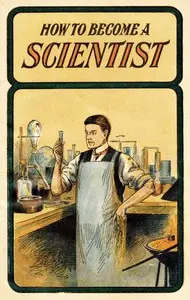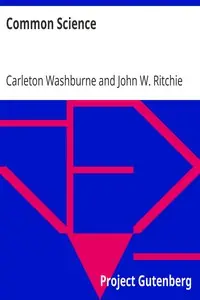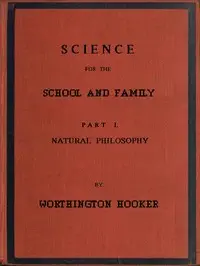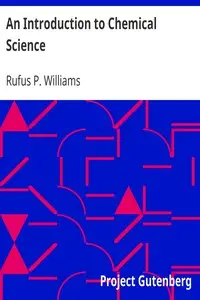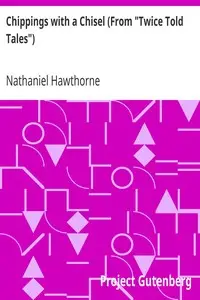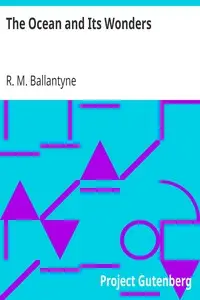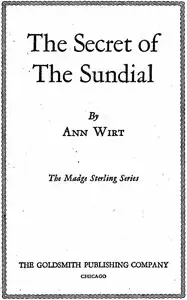** "The Boy's Playbook of Science" by John Henry Pepper is a handbook designed to spark scientific curiosity in young readers through hands-on experimentation, presented in a way that mirrors the awe and wonder experienced in science lecture halls. The playbook emphasizes that grasping chemistry and natural philosophy basics is not just about acquiring knowledge, but also about cultivating a mindset that can lead to achievement and enlightenment. From the beginning, the book promises a journey through matter’s mysteries and other scientific concepts, fostering critical thinking and practical skills through carefully designed experiments. **
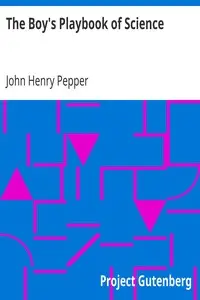
The Boy's Playbook of Science Including the Various Manipulations and Arrangements of Chemical and Philosophical Apparatus Required for the Successful Performance of Scientific Experiments in Illustration of the Elementary Branches of Chemistry and Natural Philosophy
By John Henry Pepper
** Unlock the secrets of science with kid-friendly experiments, turning curious youngsters into clever chemists and natural philosophers.
Summary
About the AuthorJohn Henry "Professor" Pepper was a British scientist and inventor who toured the English-speaking world with his scientific demonstrations. He entertained the public, royalty, and fellow scientists with a wide range of technological innovations. He is primarily remembered for developing the projection technique known as Pepper's ghost, building a large-scale version of the concept by Henry Dircks. He also oversaw the introduction of evening lectures at the Royal Polytechnic Institution and wrote several important science education books, one of which is regarded as a significant step towards the understanding of continental drift. While in Australia he tried unsuccessfully to make it rain using electrical conduction and large explosions.
John Henry "Professor" Pepper was a British scientist and inventor who toured the English-speaking world with his scientific demonstrations. He entertained the public, royalty, and fellow scientists with a wide range of technological innovations. He is primarily remembered for developing the projection technique known as Pepper's ghost, building a large-scale version of the concept by Henry Dircks. He also oversaw the introduction of evening lectures at the Royal Polytechnic Institution and wrote several important science education books, one of which is regarded as a significant step towards the understanding of continental drift. While in Australia he tried unsuccessfully to make it rain using electrical conduction and large explosions.


